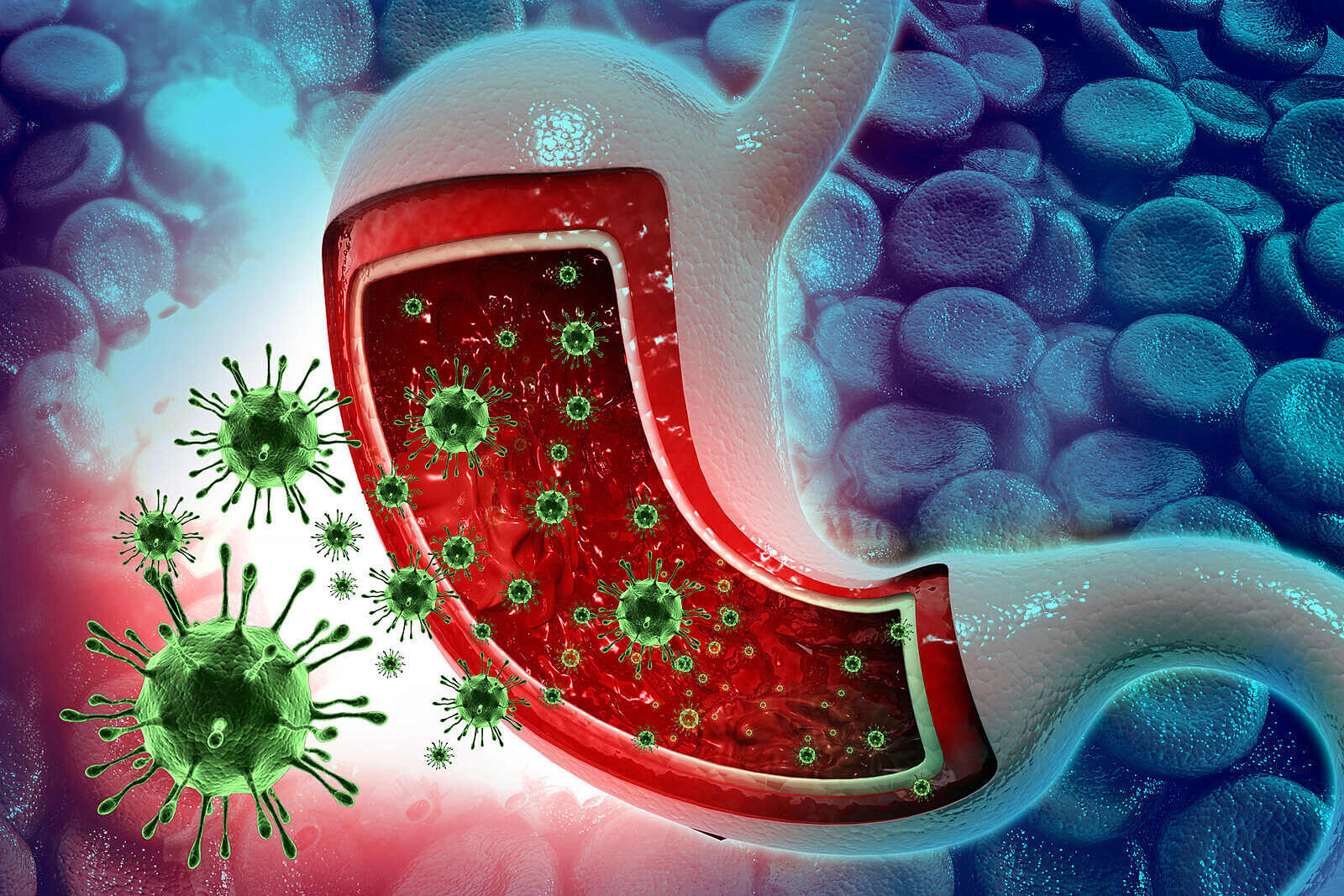
Cyclosporosis is a tricky illness caused by a tiny parasite called Cyclospora cayetanensis. This parasite sneaks into your body through contaminated food or water, leading to some pretty unpleasant symptoms. Diarrhea, stomach cramps, and nausea are just a few of the ways it can make you feel miserable. But don't worry, understanding more about this illness can help you avoid it. In this post, we'll share 30 facts about cyclosporosis that will give you the knowledge you need to stay safe. From how it's spread to the best ways to prevent it, we've got all the important details covered. Ready to learn more? Let's get started!
Key Takeaways:
- Cyclosporosis is a parasitic infection caused by Cyclospora cayetanensis, often transmitted through contaminated food and water. It can lead to severe digestive symptoms and is more common in warmer months.
- Cyclosporosis can have a significant impact on health, especially for vulnerable groups like children and immunocompromised individuals. Prevention through proper hygiene and food safety is crucial.
What is Cyclosporosis?
Cyclosporosis is an intestinal infection caused by the parasite Cyclospora cayetanensis. This microscopic organism can wreak havoc on the digestive system, leading to various symptoms and complications. Let's dive into some fascinating and important facts about this condition.
-
Cyclospora cayetanensis is the parasite responsible for cyclosporosis. It is a single-celled organism that can only be seen under a microscope.
-
Transmission occurs primarily through ingesting contaminated food or water. The parasite is often found in imported fresh produce.
-
Symptoms typically appear about a week after ingestion. They include watery diarrhea, loss of appetite, weight loss, cramping, bloating, increased gas, nausea, and fatigue.
-
Diagnosis is made by examining stool samples under a microscope. Special staining techniques are often required to identify the parasite.
-
Treatment usually involves antibiotics, specifically trimethoprim-sulfamethoxazole. Over-the-counter medications for diarrhea are not effective against cyclosporosis.
-
Prevention includes washing fruits and vegetables thoroughly, drinking treated or boiled water, and practicing good hygiene.
How Common is Cyclosporosis?
Understanding the prevalence of cyclosporosis can help grasp its impact on public health. Here are some key facts about its occurrence.
-
Outbreaks are often linked to imported produce like raspberries, basil, cilantro, and lettuce. These outbreaks can affect hundreds of people at a time.
-
Global Distribution shows that cyclosporosis is more common in tropical and subtropical regions. However, it can occur anywhere in the world.
-
Seasonal Peaks often happen during warmer months when fresh produce is more commonly consumed.
-
Travelers to endemic areas are at higher risk. Consuming local water or uncooked produce can lead to infection.
-
Reported Cases in the United States have increased in recent years, partly due to better diagnostic techniques and awareness.
Impact on Health
Cyclosporosis can have significant health implications, especially for certain groups of people. Here are some facts about its impact.
-
Dehydration is a major concern due to severe diarrhea. It can lead to hospitalization if not managed properly.
-
Chronic Symptoms can occur in some individuals, lasting for weeks or even months if not treated.
-
Immunocompromised Individuals are at higher risk of severe illness. This includes people with HIV/AIDS, cancer patients, and organ transplant recipients.
-
Children are particularly vulnerable to dehydration and malnutrition due to prolonged diarrhea.
-
Economic Impact includes healthcare costs and lost productivity due to illness. Outbreaks can also affect the agricultural industry.
Detection and Research
Ongoing research and advancements in detection methods are crucial for controlling cyclosporosis. Here are some interesting facts about these efforts.
-
Molecular Techniques like PCR (polymerase chain reaction) are being developed to improve detection of Cyclospora in food and water samples.
-
Genotyping helps track the source of outbreaks by identifying specific strains of the parasite.
-
Public Health Surveillance has improved, leading to quicker identification and response to outbreaks.
-
Research is ongoing to understand the life cycle of Cyclospora better, which could lead to more effective prevention strategies.
-
International Collaboration is essential for controlling cyclosporosis, as the parasite does not respect borders.
Historical Context
Cyclosporosis has a relatively recent history in medical literature. Here are some historical facts about its discovery and recognition.
-
First Identified in humans in the 1970s. Before that, it was primarily known to infect animals.
-
Major Outbreaks in the 1990s brought cyclosporosis to global attention, particularly in North America.
-
Recognition as a significant public health issue has grown over the past few decades, leading to increased research and prevention efforts.
-
Historical Cases were often misdiagnosed as other gastrointestinal illnesses before the parasite was well understood.
Fun Facts
Even serious topics can have some lighter aspects. Here are a few fun facts about cyclosporosis.
-
Microscopic Beauty: Under a microscope, Cyclospora oocysts have a unique, almost jewel-like appearance.
-
Survival Skills: The parasite can survive outside the host for long periods, especially in moist environments.
-
Cross-Species Infection: While primarily affecting humans, Cyclospora has also been found in some animals, though it's less common.
-
Scientific Curiosity: The complex life cycle of Cyclospora continues to intrigue scientists, leading to ongoing research.
-
Public Awareness: Campaigns to educate people about food safety and hygiene have helped reduce the incidence of cyclosporosis in many areas.
Final Thoughts on Cyclosporosis
Cyclosporosis, caused by the parasite Cyclospora cayetanensis, is a foodborne illness often linked to contaminated produce. Symptoms include diarrhea, stomach cramps, bloating, and fatigue. While it can affect anyone, those with weakened immune systems are at higher risk. Prevention involves washing fruits and vegetables thoroughly and practicing good hygiene. Treatment typically includes antibiotics like trimethoprim-sulfamethoxazole. Awareness and proper food handling can significantly reduce the chances of infection. If symptoms persist, seek medical advice promptly. Understanding cyclosporosis helps in taking proactive steps to protect yourself and your loved ones. Stay informed, stay safe.
Frequently Asked Questions
Was this page helpful?
Our commitment to delivering trustworthy and engaging content is at the heart of what we do. Each fact on our site is contributed by real users like you, bringing a wealth of diverse insights and information. To ensure the highest standards of accuracy and reliability, our dedicated editors meticulously review each submission. This process guarantees that the facts we share are not only fascinating but also credible. Trust in our commitment to quality and authenticity as you explore and learn with us.


